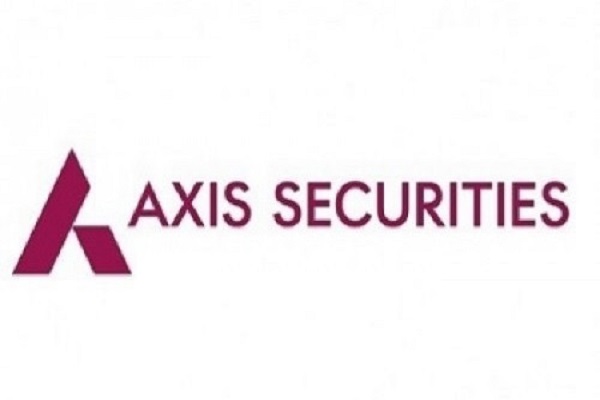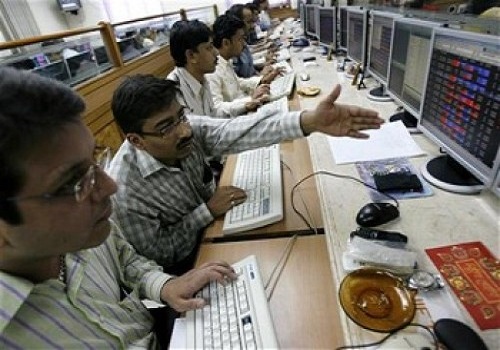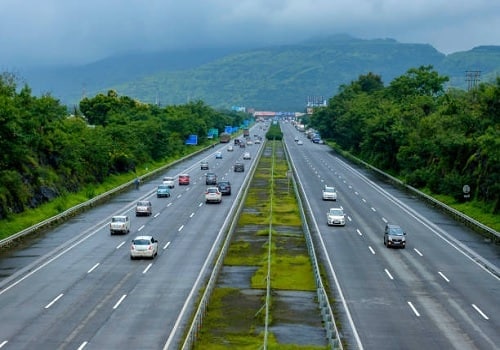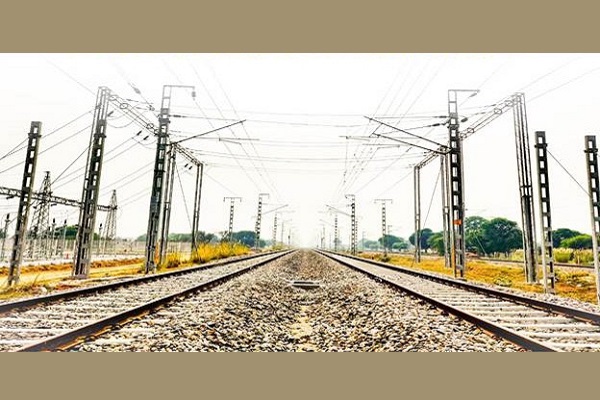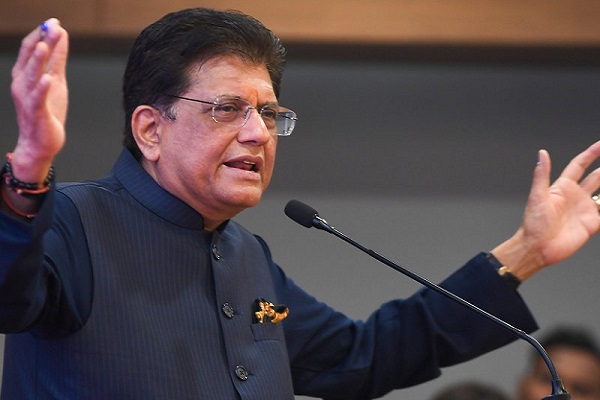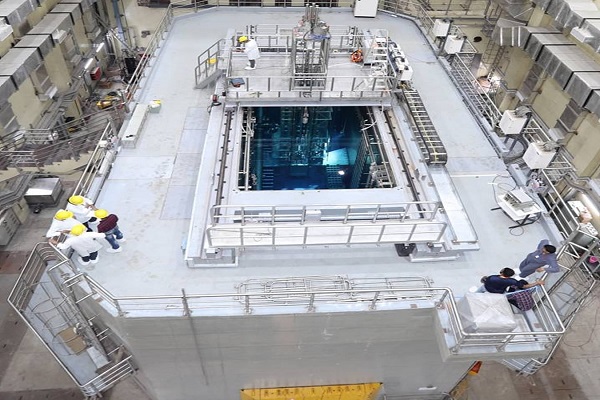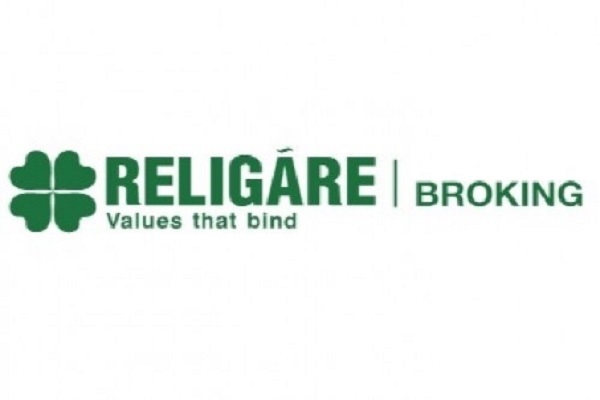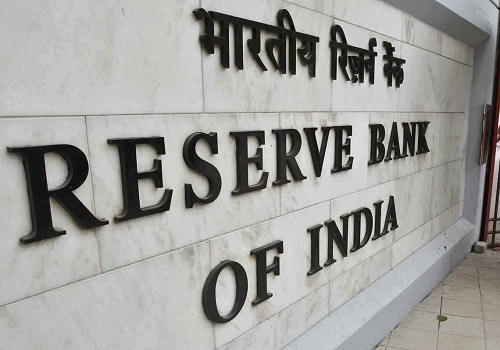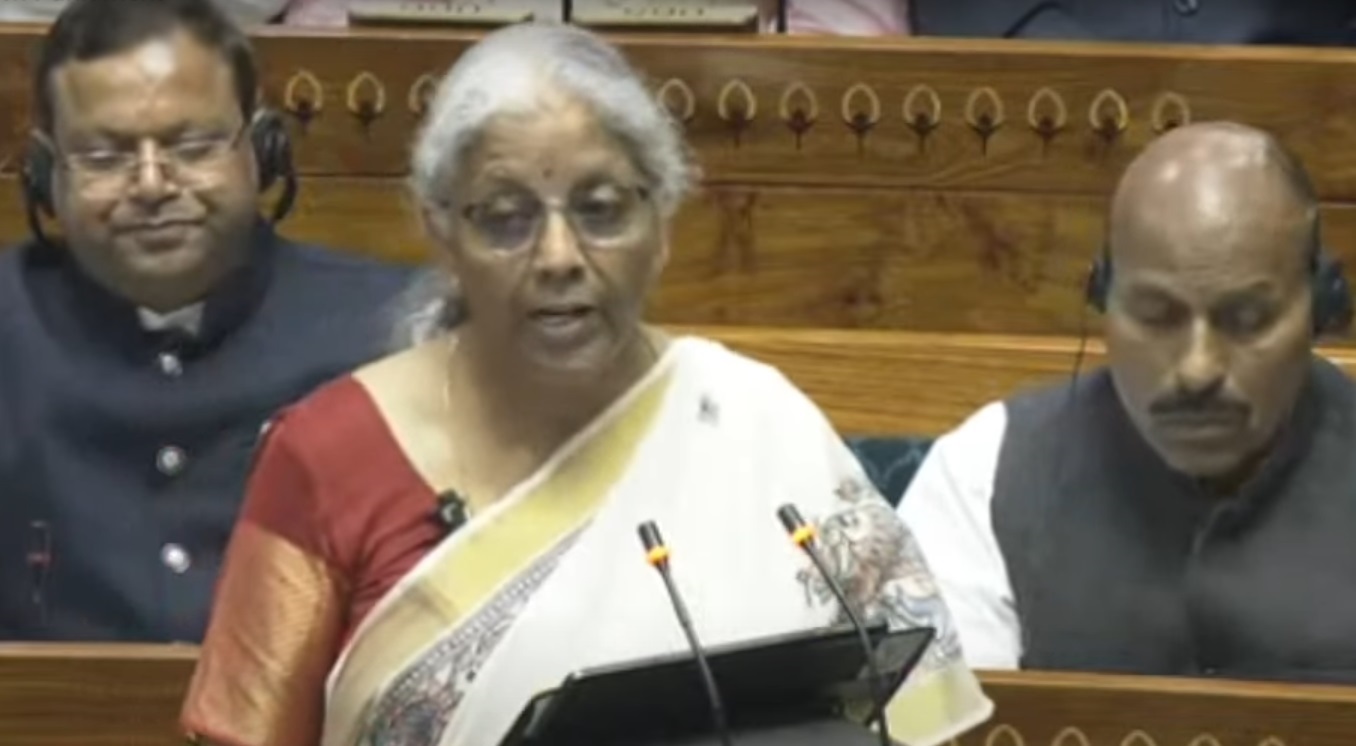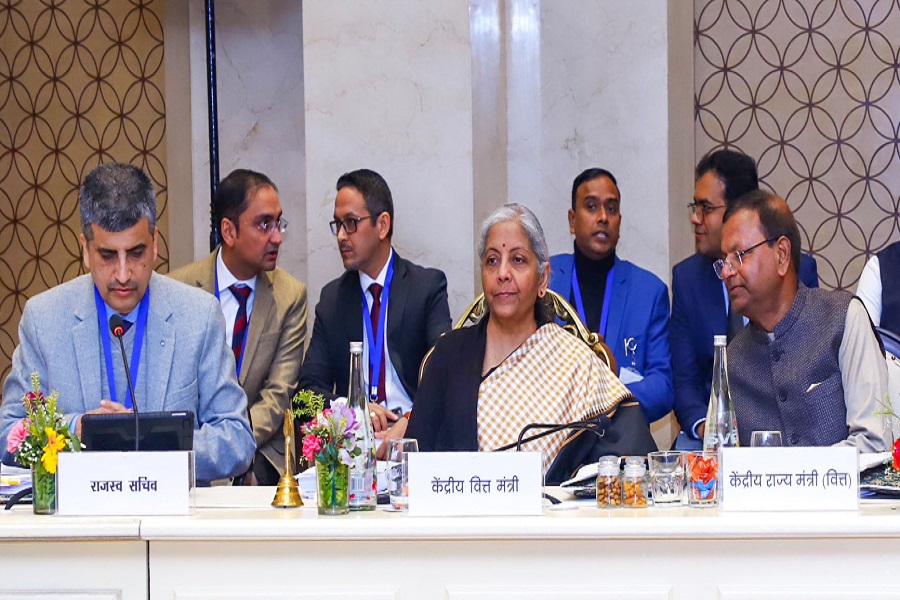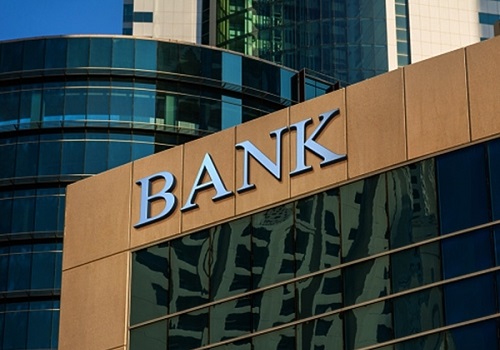Financial Sector Update - Covid redux: This too shall pass; long-term story intact By Emkay Global
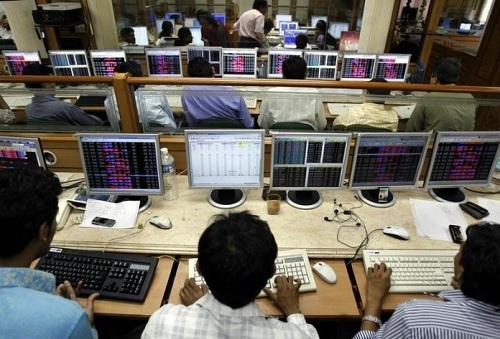
We believe that the primary impact of the second Covid wave-led lockdowns on the Financial Services (FS) sector would reflect in credit offtake and provisioning cost. The impact will depend on: 1) severity of the lockdown – localized or national; 2) breadth and pattern of occurrence – different states are at different stages of infection cycle and the resultant asynchronous lockdowns are less damaging for players with national footprint; and 3) duration - our economist team estimates a GVA loss of about Rs.1.25trn, or 90bps p.m., for the sporadic lockdowns which we are witnessing now. The team has cut its Q1FY22 GDP growth estimate to 16.5% from 22%.
We analyze the impact on the FS sector in this context. We assume that the present state to extend through June-end and gradual relaxation will occur thereafter. We also note that given the general buoyancy in the global economic cycle, it is quite likely that the rebound in economic activity with unlocking can recoup some lost demand. We have done a detailed bottom-up analysis – filtering through affected states, credit segments and borrower profiles to gauge the impact on credit growth/credit costs on individual banks and NBFCs. We believe that our model can be used as a template for updating numbers as the economic scenario unfolds.
Extent and nature of lockdown will impact credit growth for banks/NBFCs by about ~160/140bps – self-employed category will be most-affected:
We estimate that the severely affected states account for about 48% of retail credit and about ~56% of overall credit as well. Again, self-employed categories will bear the biggest brunt of localized lockdowns. We estimate that within retail assets (~31% of overall credit), the self-employed category accounts for nearly a third – though the impact will largely be restricted to BL/LAP and MFI portfolio. Notably, CVs will hold up well as goods transport remains unrestricted. Our channel checks corroborate these observations – limited risk aversion to auto/mortgage loans that implies a quick reversion to mean with unlocking. SME loans, which account for ~17% of credit, are almost exclusively offered to the self-employed category and faces the biggest risk of credit crunch. Nevertheless, we assume about 50-70% demand destruction for self-employed focused products and 25% for the salaried class oriented products during lockdown.
Combined, banking credit could moderate by about 159bps to 9.3% in FY22. NBFC credit will similarly slow by 140bps to 12.8%. Do note that we are assuming negligible impact on corporate demand – but even micro-lockdowns extending beyond a few months can eventually end up impacting demand. Secondly, a more focused policy approach to impacted sectors (such as ECGLS) could moderate the impact significantly. Among large banks, HDFCB - with higher unsecured/SME mix - can see a ~140bps impact, while IIB/RBL and Ujjivan SFB will see more than 200bps impact. Among NBFCs, we see higher growth risk for Bajaj Finance and Magma.
Limited impact on credit cost – NPA formation could inch up by 30-40bps vs. earlier expectations:
While the impact on credit growth is linear, credit cost impact is binary – financial conditions have to cross a threshold level of pain for assets to turn unproductive. First, sectors directly impacted by the pandemic and the weakest exposures within that have either been recognized or restructured. So Banks and NBFCs are entering lockdown 2.0 with a relatively clean asset quality. Second, despite the strictest lockdown in FY21, most banks have experienced far superior outcomes – about 50-100bps of slippages over normalized levels and restructuring ~100bps on average – i.e., of a magnitude lower than what was initially feared (400bps of slippages and 500-600 bps of restructuring). There is both economic recovery and policy template to fall back on.
Third, most banks and NBFCs are now well-capitalized (about 200bps of capital raise) and carry about 30-100bps of Covid provisions. Our analysis for banks now points to aggregate GNPA remaining flat at 7.1% in FY22 (6.7% earlier) and retail GNPAs at 2.9% (2.5% earlier). For NBFCs, the aggregate impact on GNPA could be around 15-25bps. The most impacted banks could be IIB, DCB, AU SFB, Ujjivan and RBL, while MMFS, LTFH and LICHF could be the worst-hit NBFCs. The actual credit cost impact may be lesser due to Covid provisions carried on the book, though lenders may want to maintain excess provisions until vaccinations completely neutralize Covid threats.
Stock prices have reacted in excess of what is the most probable hit to BV – this opens up investment opportunities:
Since the peak, the Bank Nifty has corrected 13%, outpacing the 3% fall in the Nifty. Large-cap banks, with more diversified revenue streams have corrected about 10-14%, while expectedly banks such as Bandhan, IIB and AU SFB, with higher exposure to Business loans/CV/LAP/MFI, have corrected 25-30%. Similarly, MMFS and LTFH - with relatively higher share of vulnerable loans - have corrected by 25-30%. We estimate that for large banks such as ICICI, Axis, KMB, HDFC and SBI - the hit to the adjusted book value (ABV) will be a near non-event (<1%). Among NBFCs, MMFS, LICHF and LTFH could see a 4-6% hit to ABV. Of course, these projections mostly assume a return to normalcy by Q2, and investors may have different opinions about it.
Even then, the odds are favoring a Buy signal. First, all countries that have experienced a second Covid wave have shown economic resilience (consumer & corporates adaptability and policy response), including India (highfrequency indicators like PMI). Second, banks are entering Covid 2.0 from a position of strength – with Tier-I capital of ~16% and unutilized Covid provisions. While ICICI, SBI and Axis are our preferred bets, we believe that a rather sharp correction in IIB and Bandhan Bank opens up a favorable risk-return tradeoff. IIB has managed to come out of the first wave on its robust liability franchise, and earnings/ROE normalization is underway.
Bandhan’s earnings impact is more policy-driven and its fast-improving liability franchise is being largely ignored. We believe both the banks can give outsized returns in the next 12m. Among NBFCs, we remain positive on HDFC, SHTF, SCUF and Chola, and see strong potential upside in SCUF and HDFC. SCUF is well-placed to accelerate growth, driven by improved liability franchise and a diversified lending profile. Considering the surge in housing demand and lower rates, we believe HDFC is well-positioned to capture momentum.
To Read Complete Report & Disclaimer Click Here
For More Emkay Global Financial Services Ltd Disclaimer http://www.emkayglobal.com/Uploads/disclaimer.pdf & SEBI Registration number is INH000000354
Above views are of the author and not of the website kindly read disclaimer
